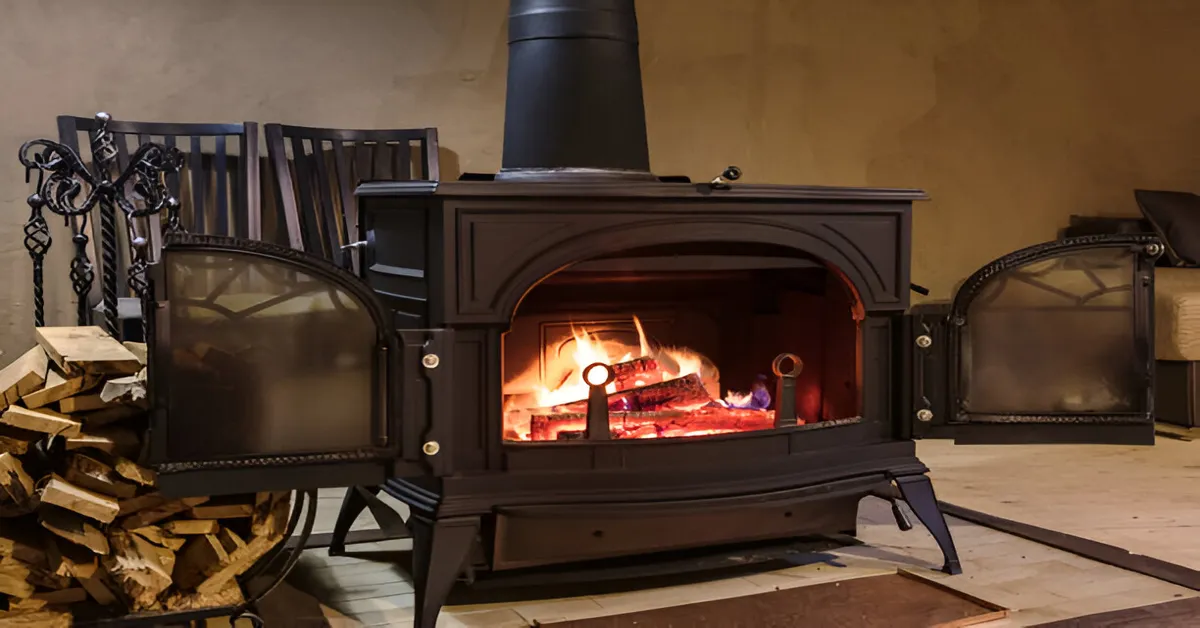When winter arrives in Australia, there’s nothing quite like the comforting crackle of a fire to keep your home warm and inviting. But with so many options available, choosing the right heating system can be overwhelming. Whether you live in the suburbs, the country, or somewhere in between, there’s a perfect heater out there for your space.
This guide will walk you through everything you need to know when exploring the range of wood heaters available, helping you make the best choice for your home and lifestyle.
1. Understand Your Heating Needs
Before choosing a model, consider the size of the area you want to heat. Measure the space in square metres. As a general guide:
- Small heaters are ideal for spaces up to 100 m²
- Medium models suit areas between 100–200 m²
- Large heaters work best for spaces over 200 m²
Remember that this is just a starting point. Ceiling height, insulation quality, and your region’s climate also play major roles. A well-insulated home may require less output, while a draughty space might demand a more powerful unit.
If you’re unsure, opt for a slightly larger model. You can always burn less wood, but an undersized heater will struggle to meet your needs, especially during cold snaps.
2. Choose Between Radiant and Convection Heating
There are two main types of wood heaters:
- Radiant heaters emit heat directly from the firebox surface. They’re ideal for open-plan or poorly insulated rooms because they quickly warm people and objects in their direct line of sight.
- Convection heaters work by drawing cool air in, warming it via the firebox, and pushing it back out. These are better for evenly heating well-insulated homes.
Some models combine both methods, offering efficient heat distribution and strong output. Consider your home’s layout and how quickly you want your rooms to warm up when making your choice.
3. Freestanding vs. Inbuilt Options
The style of installation you choose will affect both function and aesthetics.
- Freestanding wood heaters are generally easier to install. They come in various shapes and styles, and many models include pedestals or legs. These are ideal for homes without existing fireplaces.
- Inbuilt heaters, on the other hand, are installed into a wall or fireplace cavity. They offer a more streamlined look and save space, though the installation process is often more complex and costly.
Think about how much space you have, your budget for installation, and whether you have an existing chimney to work with.
4. Look for Efficiency and Emissions Ratings
Not all wood heaters are created equal when it comes to performance. In Australia, wood heaters must meet minimum efficiency and emissions standards. Choosing a compliant unit ensures that your heater will produce less smoke and consume less fuel while still delivering effective warmth.
Efficient heaters convert more of the wood’s energy into heat, which means you’ll use less fuel and reduce your environmental footprint. Plus, the more efficient your heater, the more money you’ll save over time.
5. Choose the Right Type of Firewood
Your wood heater’s performance depends significantly on the type of fuel you use. Hardwood, such as ironbark or red gum, burns longer and hotter than softwood. Make sure the wood you use is properly seasoned, with a moisture content of 20% or less.
Avoid green or wet wood, as it produces more smoke and can cause dangerous creosote buildup in your flue. No matter which heater you buy, using the correct fuel is essential for both performance and safety.
6. Understand Installation and Clearance Requirements
Wood heaters must be installed according to strict Australian standards. This includes:
- Minimum clearances from walls and furniture
- Proper hearth installation to protect flooring
- Correct flue positioning to maximise draft and minimise smoke
Improper installation can result in poor performance, higher fire risk, and even invalidated warranties. Always work with a licensed installer who understands local council requirements and safety regulations. In many areas, you’ll also need council approval before installation can begin.
7. Factor in Maintenance Needs
Wood heaters require regular upkeep to stay safe and efficient. You should:
- Empty ash pans regularly
- Inspect and replace door seals as needed
- Clean the glass for clear viewing
- Check for creosote buildup in the flue
Chimneys and flues should be professionally cleaned at least once a year. A little maintenance goes a long way in extending the life of your heater and ensuring it runs safely all season long.
Conclusion
Choosing from the many wood heaters available today is about more than just warmth—it’s about selecting a long-term solution that suits your space, your lifestyle, and your budget. From the size and heat output to the type of firewood you’ll use and the design of your home, every factor plays a part.
By taking the time to understand your options and get expert advice where needed, you’ll be well on your way to enjoying cosy, reliable heating year after year. When winter hits, you’ll be glad you made the right call.

